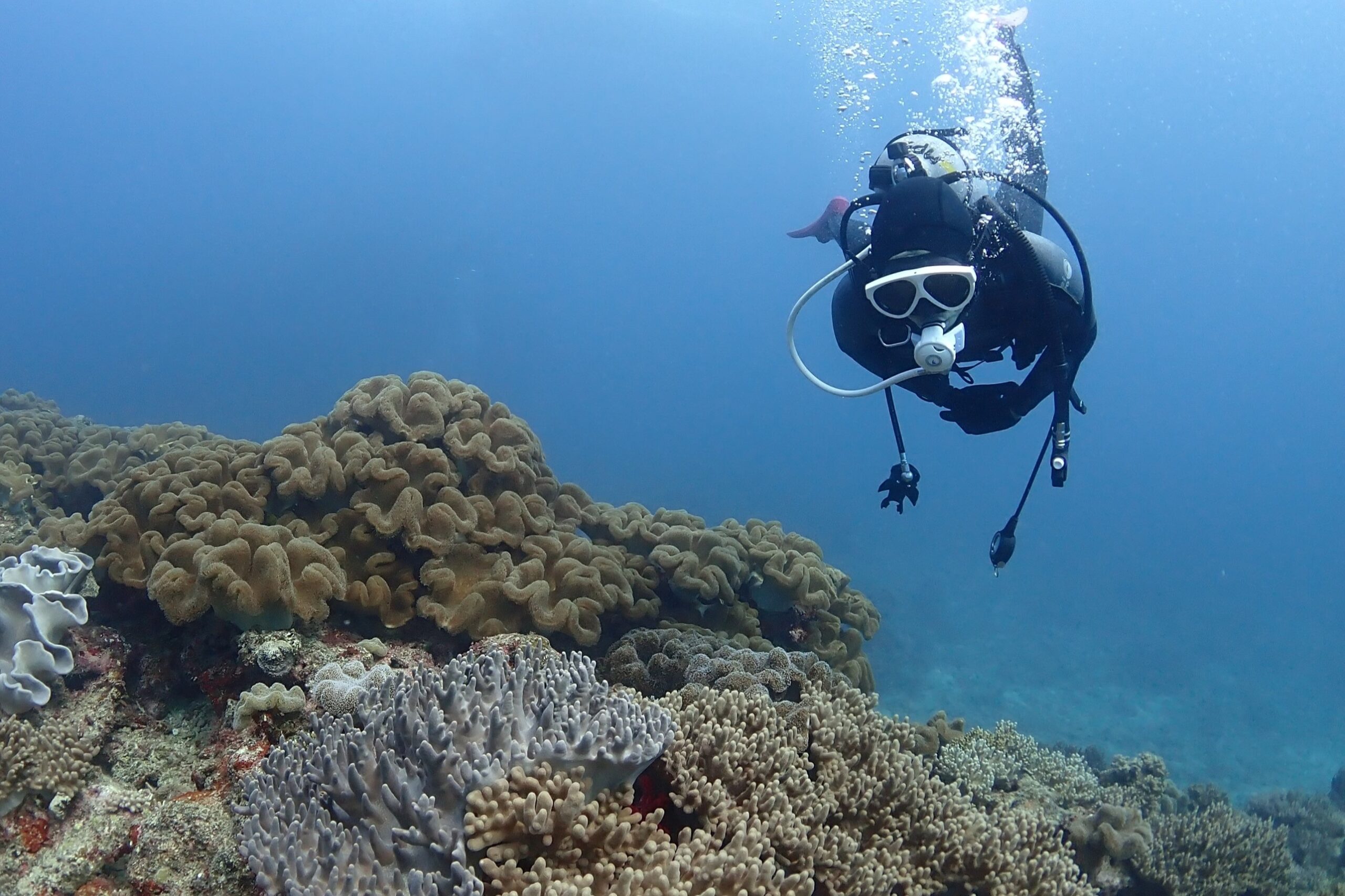Coral reef protectors, in great danger from climate change, have new hope thanks to robots and artificial intelligence.
Let’s head towards the Abrolhos Islands, about sixty kilometers from the coast of Western Australia, a true marine treasure. As marine biologist Taryn Foster tells our colleagues at the BBC, the beauty of these tropical waters is threatened by global warming, which is affecting coral reefs.
Corals, the polyp animals that build these precious ecosystems, are sensitive to heat and ocean acidification, putting them at risk of bleaching and death. But technology, driven by robots and AI, could prove saving.
The imperative to preserve marine treasures in the face of climate change
A 1.5°C increase in water temperature could cause the loss of 70-90% of the world’s reefs by 2070, according to the Global Coral Reel Monitoring Network report. In a word: dramatic.
So, faced with this threat, scientists are working tirelessly to try to restore the reefs, as much as possible at least. Traditionally, this process involved transplanting tiny nursery-grown corals onto damaged reefs. Unfortunately, this process is slow and expensive.
However, Taryn Foster is exploring an innovative approach in the deep waters of the Abrolhos Islands. The scientist has in fact designed limestone concrete bases, into which fragments of coral are grafted, which are then deposited on the seabed. The results are promising, since they considerably accelerate the growth of corals. But how can we become more efficient in this process? You will see that technology is no stranger to this.
“Cobots” and AI to the rescue of coral reefs
Taryn Foster founded a start-up, Coral Maker, which today allows her to collaborate with Autodesk. This digital heavyweight, specializing in software publishing, helps automate the coral restoration process. For this, collaborative robots (or cobots, these machines equipped with an articulated arm) controlled by artificial intelligence have been trained to be able to graft and place the coral fragments in the bases, and this, with impressive precision .
But all is not so simple. Getting these robots out of their lab is a challenge. Handling live, wet corals with some delicacy, on a moving boat, exposes the electronics to salt water. And this is still a major obstacle to overcome.
Let’s not forget funding, which is crucial. Coral Maker hopes to receive support from the tourism industry and is considering issuing biodiversity credits, which could work similarly to carbon credits. Taryn Foster hopes to be able to get her robots under water within 12 to 18 months. That’s all the bad we wish him.
Sources: BBC, GCRMN

0